Accepting Penetration Test Risks & How Compensating Controls Can Help
Tim Semchenko discusses documenting acceptance of risks and implementing compensating controls as options when pentest findings cannot be fixed immediately.
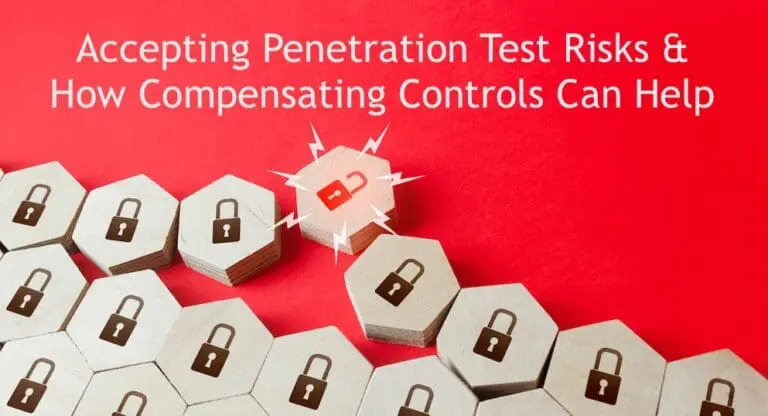
Tim Semchenko discusses documenting acceptance of risks and implementing compensating controls as options when pentest findings cannot be fixed immediately.
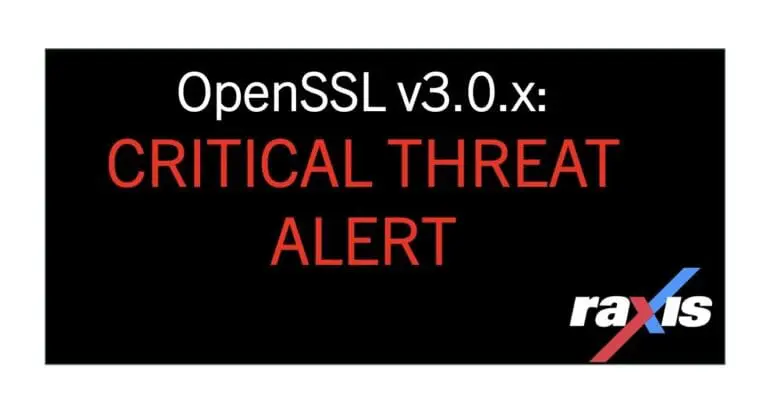
In the cyberworld, news of a critical vulnerability affecting OpenSSL versions 3.0 – 3.0.6 will likely be the scariest part of Halloween ’22.
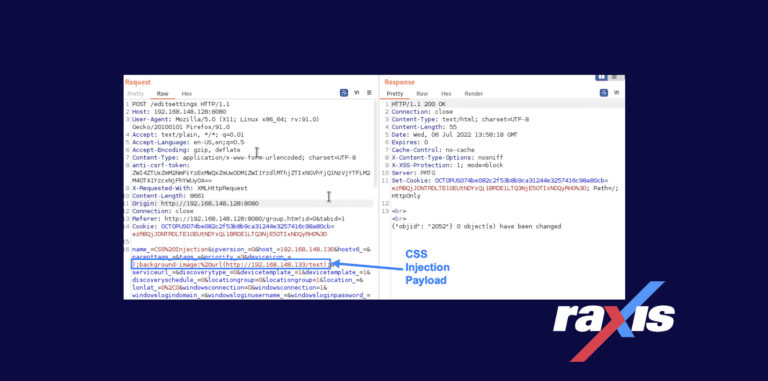
This CSS vulnerability, discovered by Raxis’ Matt Mathur, lies in a device’s properties and how they are verified and displayed within PRTG Network Monitor.
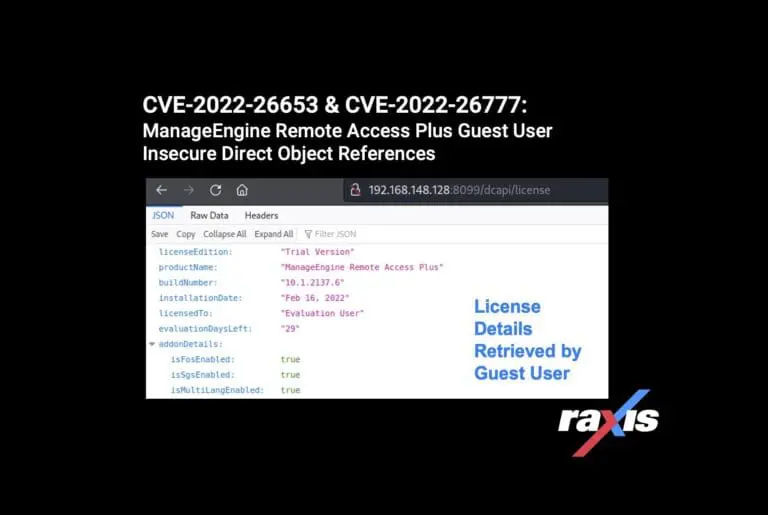
Raxis lead penetration tester Matt Dunn uncovers two more ManageEngine vulnerabilities (CVE-2022-26653 & CVE-2022-26777).
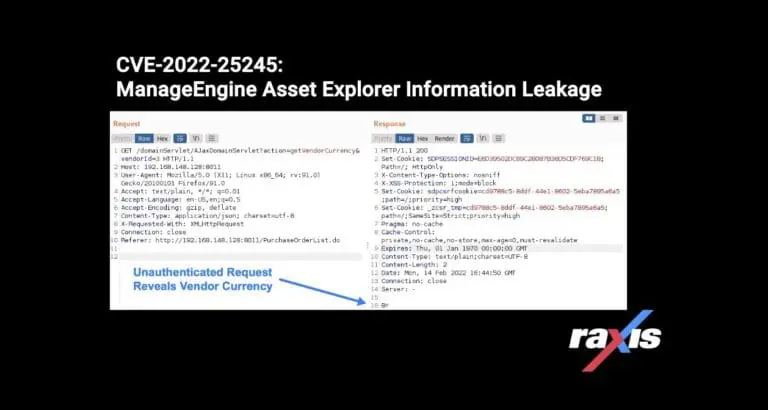
Raxis lead penetration tester Matt Dunn discovers an information leakage vulnerability in ManageEngine’s Asset Explorer CVE-2022-25245
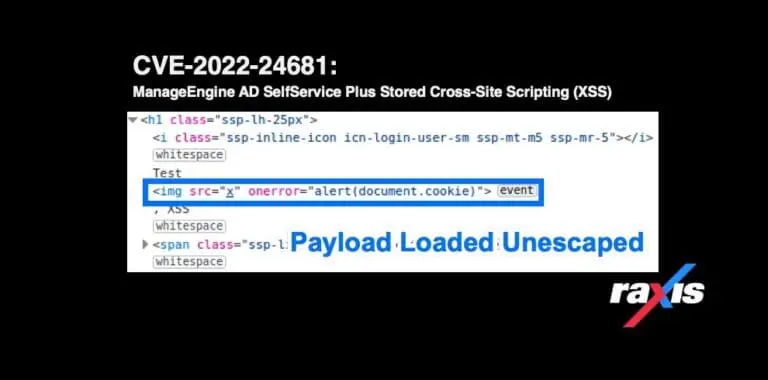
Raxis’ Matt Dunn continues his prolific discovery of new CSS CVEs. This one affects ManageEngine AD SelfService Plus Stored Cross-Site Scripting.

Lead penetration tester Matt Dunn continues his discussion about web application testing. In Part Two, Matt explains testing as an authenticated user vs. as an unauthenticated user.
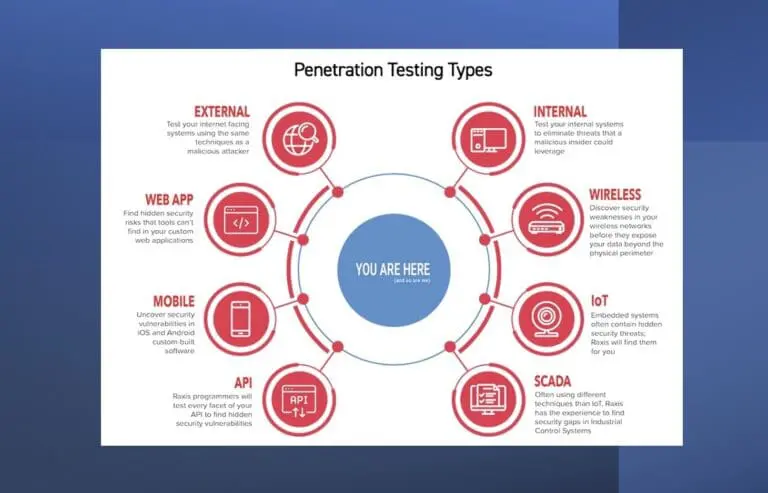
Raxis’ COO Bonnie Smyre offers some helpful hints about how to start the process of hiring a penetration testing company.

Learn how Raxis approaches web application testing and how it differs from network penetration testing. Lead penetration tester Matt Dunn explains in this post.

Raxis’ CEO Mark Puckett explains why we might not wake up in the metaverse tomorrow, but why we should be prepared as we move toward an even more digitized reality.
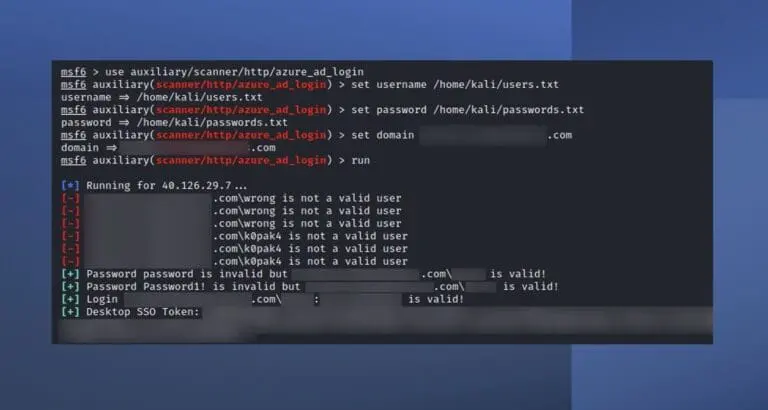
Raxis’ Matt Dunn has published another Metasploit module, this one describing a vulnerability in Azure’s Active Directory Seamless Single Sign-on. Learn more here.
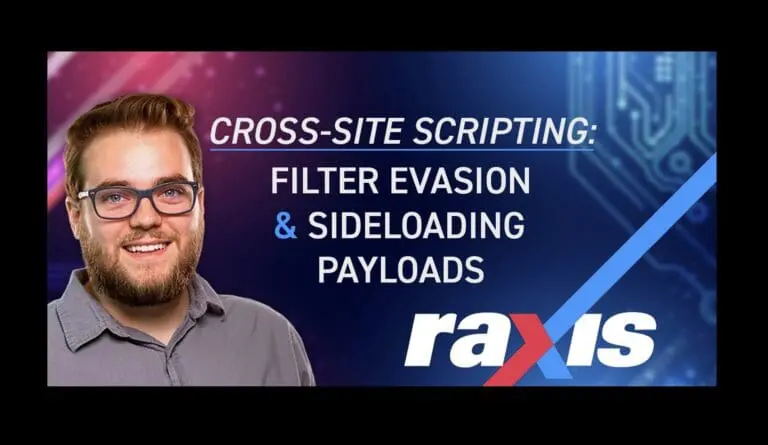
In this second in a series, learn how to perform Cross-Site Scripting (XSS) attacks such as filter evasion and sideloading content.